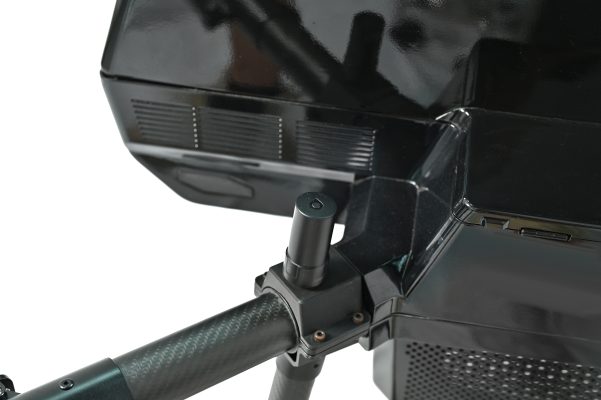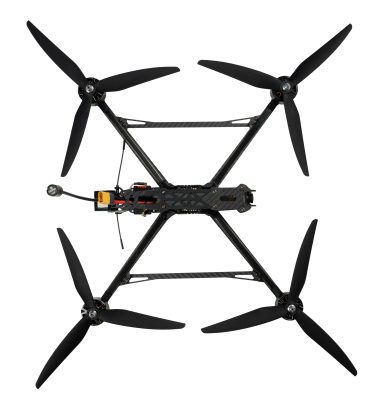Blog
FPV Drone Beginner Flight Guide: From Setup to First Flight
✅ Getting Started: What You Need
Before your first FPV flight, ensure you have all the essential components: an FPV drone (BNF or DIY build), compatible transmitter (e.g., Radiomaster or TBS), FPV goggles, fully charged LiPo batteries, propellers, tools, and your favorite flight simulator for prior practice. It’s highly recommended to update firmware for the flight controller (Betaflight/INAV), perform a proper receiver binding, and complete pre-flight calibration (gyro, accelerometer, etc.).

?️ Pre-Flight Setup and Safety
Find an open space like a field or empty park. Double-check that your throttle is at zero before powering up. Ensure all failsafes are configured — this includes disarming on signal loss, low battery warnings, and GPS rescue if applicable. Check prop direction, antenna placement, and tightness of all screws. Use Betaflight OSD to monitor battery voltage, RSSI, and timer.
?️ Your First Takeoff
Start in Angle or Horizon mode. Gently throttle up, keeping the drone within eye level and line of sight. Practice hovering, gentle yaw turns, and straight-line movement. Avoid flying too far or too high. Observe how stick inputs affect flight. Short practice flights of 1–2 minutes are great for battery management and gaining confidence.
⚠️ Troubleshooting Common Issues
If the quad flips on takeoff, check motor direction and propeller order. If you get no video feed, verify your VTX and goggle channel settings. For stuttering motors, ensure ESC calibration and proper soldering. Record DVR footage to review flights for improvement


